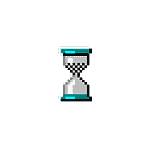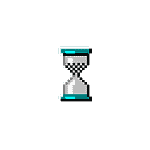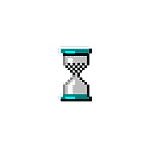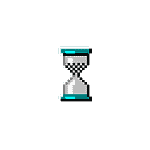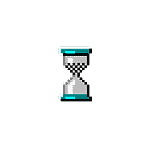Katherine sat down with Tal from the Tally Mark System to discuss the much-misunderstood Dissociative Identity Disorder and its complementary TikTok community. You can find Tal here.
"Windows have become a powerful metaphor for thinking about the self as a multiple, distributed system," Turkle writes. "The self is no longer simply playing different roles in different settings at different times. The life practice of windows is that of a decentered self that exists in many worlds, that plays many roles at the same time." Now, real life itself may be, as one of Turkle's subjects says, "just one more window." – Dr. Sherry Turkle, Wired, 1996
The more recent conversations about Dissociative Identity Disorder (DID) or Multiple Systems (MS), also once known as Multiple Personality Disorder (MPD), are frequently centered around two claims.
The first claim is that DID is not a “real” clinical condition, it’s just one of the myriad avenues young people can go down to help them claim victimhood status. In this worldview, Millennials and Zoomers are the snowflake generations. Unlike Boomers, they don’t want to “find themselves,” so much as find new diagnoses to substantiate their status as oppressed. The second, and related, claim is that this desire is mimetic. It’s a social contagion young people learn about from social media platforms like TikTok.
I take issue with writing these people off as “merely attention-seekers,” as is typically the trend in culture war pieces. DID or MPD is neither an emergent phenomenon (online or offline) nor yet another expression of self-indulgence. Even if you treat the diagnosis with apprehension—though, I don’t know if that is quite as productive as well-meaning skeptics might immediately assume it is—it’s an important lens through which we can understand identity.
Dissociation as a theme online
Dissociation is one of the Internet’s most persistent themes, from the more recent lobotomy chic to the off-handed remarks about dissociating that have been a hallmark of “girlblogging” on every conceivable platform since the '90s. The reason why is probably obvious. We’re not only disembodied online (as in, not physically there!), but the act of being online is also, itself, disembodying.
Anyone who’s spent too much time looking at a screen knows that feeling of disconnection; that palpable separation of mind and body. Sometimes it just feels like over-indulgence, a disorienting sense of not knowing who you are or where you are, and other times it’s more acute: the screen has engulfed your physical body.
If you don’t know what I’m talking about, I’ll share a story that may be illustrative.
A friend once confided in me that on Twitter, she was treated like a hot girl, but this didn’t translate into her real life at all. When she logged on, she was desired—and sexy!—and it began to shape her self-perception. Alone at home, she would feel the same way. She was a “hot girl.” But because this wasn’t validated by any physical world experiences, eventually, a sense of dissonance developed. There were two people, not one: a hot girl and her physical world self. The whole thing was confusing—she was feeling herself split, her word.
If you pay close attention, you may recognize this process happening to you in more or less extreme ways. In a mediated environment, we’re all susceptible to it.
In 2024, it’s well-known that the Internet challenges our conception of identity as a singular, fixed construct. But it’s not that the Internet introduced or invented this idea. In the words of Sherry Turkle in her article “Multiple Subjectivity and Virtual Community at the End of the Freudian Century,” it only “concretized and dramatized it.”
My favorite description for understanding how this happens is also Turkle’s, who described our identities as being distributed across different computer windows. Today, it still holds up. Who I am on my Twitter alts is not who I am on my Twitter main is not who I am on Instagram is not who I am on TikTok.
Though this is arguably also true to some extent at, say, work and at home, the Internet both provides a physical representation of these differences and allows you more freedom to construct who you are, with profound psychological impacts. You aren’t just tweaking your presentation and behavior for your environment—you are playing a new character.
(Self-constructions and other people’s perception of you online can also get complicated, too. Say you “seem female” because your typing style or avatar, but in physical reality, you’re male.)
Turkle, and writers like her, described the self as a “multiple system” — coincidentally, the same shorthand people in the DID community use to describe people with “alters,” or multiple personalities. In neither the case of the Internet user nor the person with DID is this fragmentation of identity voluntary, even if in the latter, their presentation is more pronounced.
Do you feel fragmented online? Or is this all overblown?
Me around the web:
Upcoming events:
Join our February book club! We’re reading Negative Space by B.R. Yeager. No film club this month.







